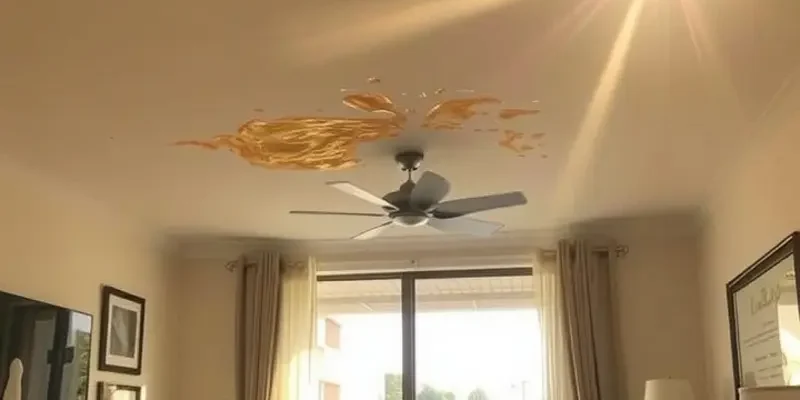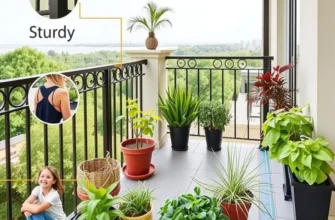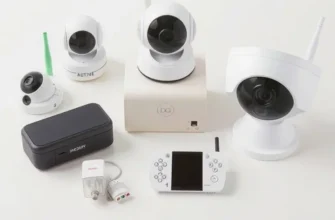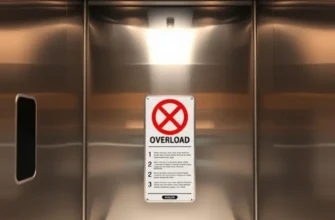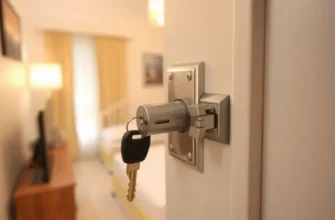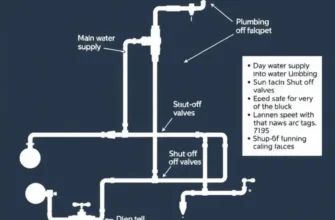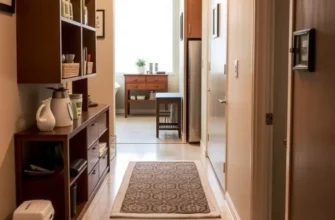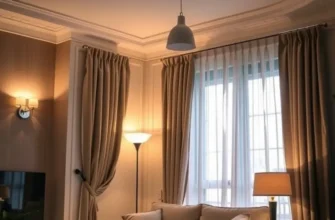Apartment living offers many conveniences, but it can also come with challenges, especially when it comes to maintenance issues like roof leaks. For renters, the occurrence of a roof leak can be both a safety concern and a hassle. Understanding how to address this issue is essential in order to prioritize safety and maintain a comfortable living environment. Knowing the signs to look out for and having a clear plan can help mitigate risks associated with roof leaks, ensuring your space remains secure. This guide will provide practical tips, empowering you to act quickly and effectively if a leak arises while also keeping you informed about your rights as a tenant when it comes to maintenance and repairs. With the right approach, you can take control of your living situation, ensuring a safe and enjoyable home.
Identifying Roof Leaks: What Renters Should Know
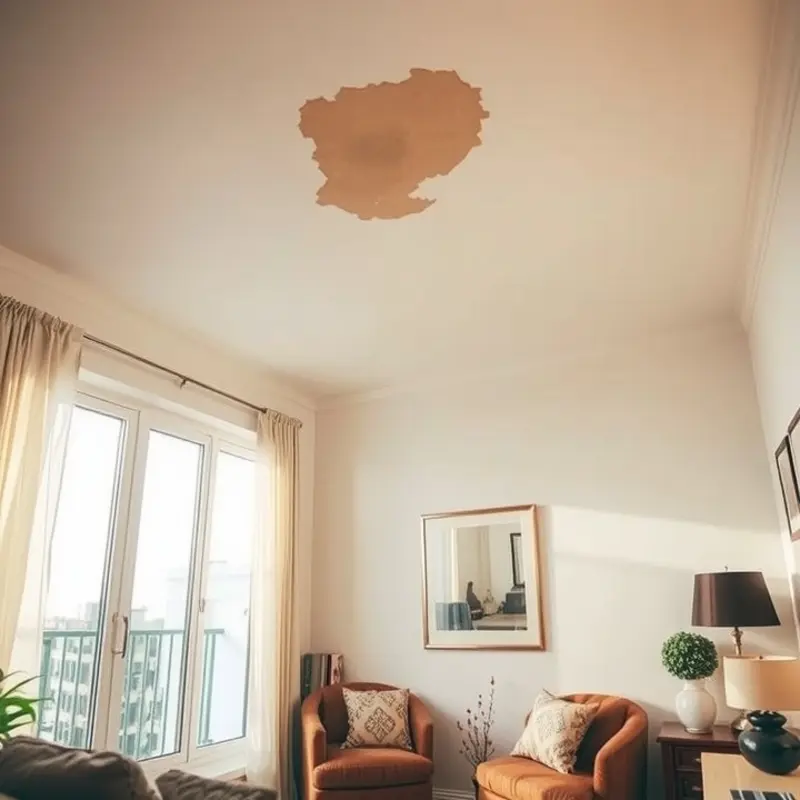
Understanding the signs of a roof leak is paramount for apartment dwellers. Recognizing these signs early can save you from potentially extensive damage and maintain the integrity of your living space. Water stains, peeling paint, and unusual musty odors are often the first indicators of a potential leak. Look for brown or yellowish discolorations on your ceiling or walls, which often suggest water intrusion from above.
Apart from visual cues, inspect for warped wood or swelling in ceiling materials, as these are strong indicators of moisture. Pay attention to any bubbling of paint or wallpaper, which could be a sign of moisture seeping through. Mold growth, often accompanied by a distinctive odor, should also raise concerns about water intrusion, whether from your roof or plumbing issues.
Leaks can arise from various causes. Roof deterioration, poor maintenance, or severe weather conditions can compromise roof integrity. Equally, leaky pipes or overflowing water from neighboring units might lead to apparent roof leaks, especially when located on higher floors. Disruptions to shared common areas such as the building attic could also be culprits, allowing water to travel and infiltrate multiple units.
Conducting an effective inspection begins with the right touchpoints: ceilings, walls, and around windows. Check these areas regularly, especially after heavy rain. Prompt inspections and repairs can prevent minor leaks from escalating into serious issues.
Once a potential leak is identified, it’s critical to act promptly. Begin by documenting any signs of water damage with photos or videos. This documentation is valuable when reporting issues to property management or maintenance staff. Don’t hesitate to reach out to your property manager immediately. Early communication can prevent escalated damage that might impact other areas of the building or other residents.
If maintenance delays are concerning, consider reviewing your lease agreement for guidance on reporting processes and temporary solutions you might take on your own. Meanwhile, use waterproof coverings to protect your belongings, and place buckets or towels to catch drips, minimizing current damage until repairs are made.
Equipping yourself with knowledge and an action plan can greatly enhance your safety and comfort. For more insights into maintaining a safe living space, consider exploring safe apartment laundry habits for a comprehensive safety approach in varying contexts of apartment living.
Your Action Plan: Swift Steps to Take When a Leak Occurs

When a roof leak emerges in your apartment, taking quick, decisive steps is key to minimizing damage and stress. Start by notifying your landlord immediately. A phone call followed by an email with photo evidence will help ensure your report is documented. Keep a copy of the email as a reference.
Next, assess the situation. Determine if the leak poses immediate dangers, such as electrical hazards. If water is dripping near electrical outlets or fixtures, turn off electricity to that area. Safety always takes precedence.
Move your belongings away from the leak. Protect furniture and electronics by covering them with waterproof materials like plastic sheeting. You can also use buckets or containers to catch dripping water, preventing further damage to your apartment floors.
Document the damages thoroughly. Take pictures or videos of all affected areas, noting any items that have been ruined. This documentation will be vital for negotiation with your landlord or insurance claims.
Effective communication with your landlord is crucial throughout this process. When contacting them, provide a timestamped log of events and details such as when the leak started, how it has worsened, and what actions they have already taken. Consider discussing temporary relocation if the living situation becomes untenable.
Explore temporary DIY solutions if the repair is delayed. You might use waterproofing compounds or sealants to limit water ingress. However, always ensure any DIY efforts do not violate your lease agreement or local building codes.
Consult your renter’s insurance policy. Verify if your policy covers damage caused by leaks and how to file a claim. Understanding this could potentially save you from incurring significant out-of-pocket expenses.
Additionally, the link here provides tips on maintaining safety in your apartment environment, which can be helpful in ensuring overall residential safety.
You should maintain records of all interactions with your landlord concerning the leak. If the problem is not addressed in a timely manner, you might need these records for legal reasons or when seeking alternative accommodations.
Finally, learn from this experience to enhance your future home safety protocols. Regularly inspect your apartment for signs of leaks or other maintenance issues, helping you to potentially prevent larger problems. By being proactive, you ensure your living environment remains safe and comfortable.
Final words
Dealing with a roof leak in your apartment can seem daunting, but being proactive and informed makes all the difference. Recognizing the signs early and knowing how to respond can help you avoid larger issues and ensure your living space remains secure and comfortable. Always remember to communicate promptly with your landlord and document any damage to keep everything above board. By following the guidelines outlined here, you can take charge of leak situations, ensuring that your home stays safe and inviting.

